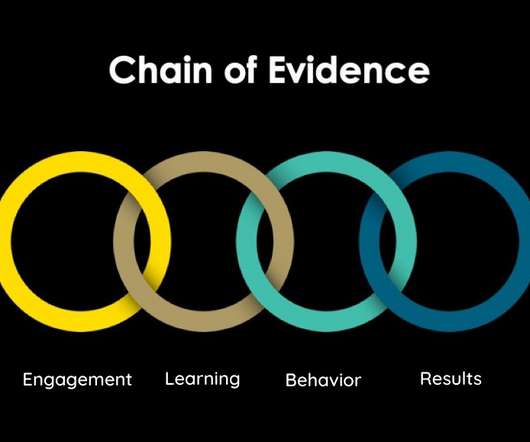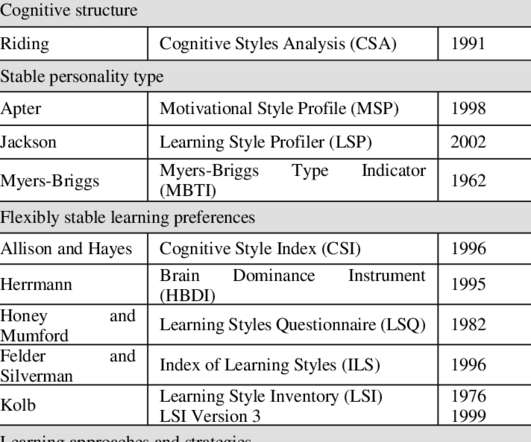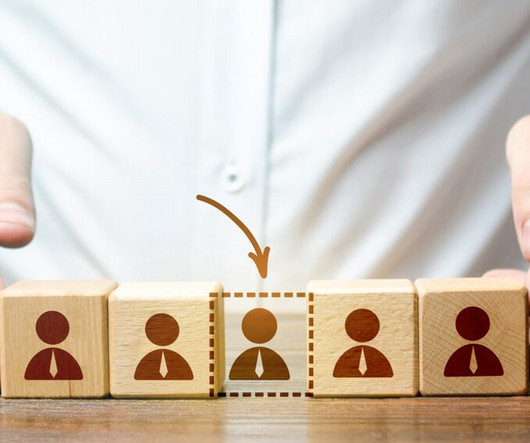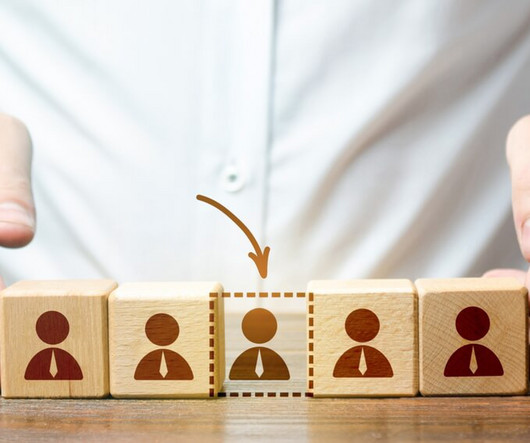The Phillips ROI MethodologyTM – Measuring Data at All Levels – Part 5
CommLab India
OCTOBER 20, 2016
In the fourth part of the series, we saw how the Phillips ROI Methodology TM suggests that measurements be taken at every level. Methods to measure: This is done by verbally asking learners what they thought of the course, conducting surveys on their reaction to the course. A change in the learner’s attitude.


































Let's personalize your content